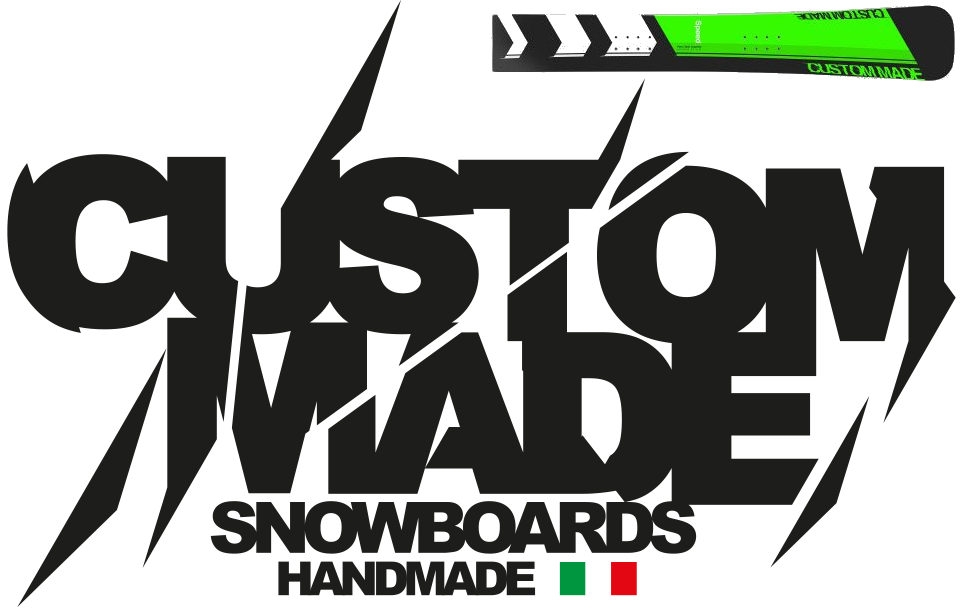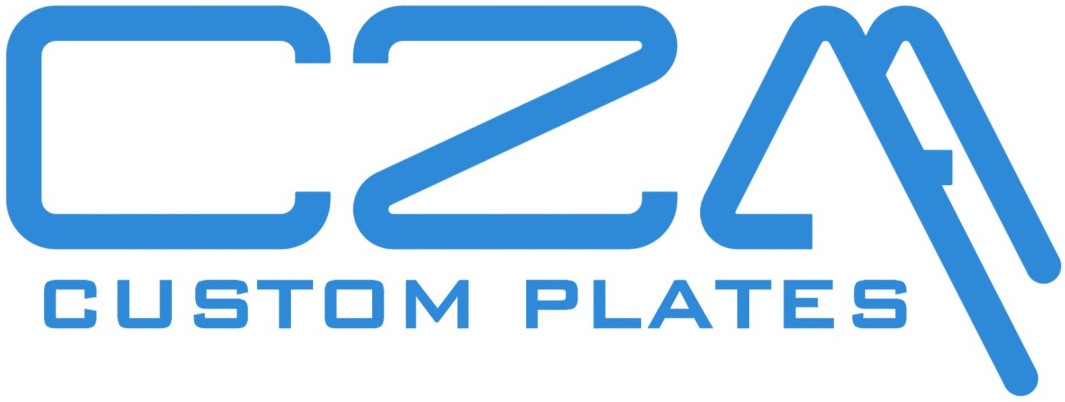Potrete avere una vostra copia personale del libro in inglese
The Fundamentals of Snowboard Carving and Racing.
Facendo una donazione di almeno 20 euro direttamente alla AIRC
https://www.airc.it/aiutare-la-ricerca/donazione-online.asp
Appena ci farete avere la ricevuta del pagamento a
vi faremo avere il pdf che dovrà rimanere personale , ricordatevi è di beneficenza.
Il libro tra l'altro introvabile ci è stato messo direttamente a disposizione dall'autore Marc Cirigliano
http://www.youtube.com/user/mcirigliano52
www.carves.it verserà di tasca propria 10 euro all'autore per ogni copia venduta.
Questo il commento Abrax moderatore nel forum inglese di Swoard :
http://www.extremecarving.com/forum/viewtopic.php?f=7&t=8622
"After reading this book I must say that I'm really positively impressed.
I was just hoping to get some technical knowledge about the carving technique but finally this is just a part of the story. ![]()
This piece is really important.
You get knowledge on how to eat, carve, think, how to prepare yourself for this snowboard season both physically and mentally and with all this bibliography links you get much more than expected.
I mean that this book gives you a touch of what is called professional snowboarding.
This is not a simple guide on how to.
This fulfills your questions on general season approach and positive learning curve.
Possibly you will learn yourself how you should deal with yourself to learn snowboard in a more efficient way ![]()
Good book, really well written. 
![]() "
"
Abrax
The Fundamentals of Snowboard Carving and Racing
A Manual for Surfers, Coaches & Parents
by Marc A. Cirigliano
ii
Copyright © 2007 by Marc A. Cirigliano
Rochester, NY
All rights reserved. No part of this publication may be reproduced, distributed in
any form or by any means, stored in a retrieval system, or transmitted, in any
form or by any means, electronic, mechanical, photocopying, recording, or
otherwise, without the prior permission of Marc A. Cirigliano.
$29.95
Printed in the United States of America
Marc A. Cirigliano is available for consulting, classes, workshops and coaching
regarding snowboarding, movement studies and program development.
Cover Photo: Pat Maley of Eastman Kodak
created from video footage generously supplied
by the FIS
iii
for lindy
iv
Contents
Acknowledgements v
Introduction vi
Chapter One: Non-conformity, Learning, Environment and Coaching 1
Chapter Two: A Positive Learning Environment 9
Chapter Three: Fitness and Physical Literacy 22
Chapter Four: Biomechanics and the Athletic Position 30
Chapter Five: The Stance 40
Chapter Six: Carving 58
Chapter Seven: Race Techniques and Strategies 83
Chapter Eight: Dryland Boarding 100
Chapter Nine: Putting It All Together 104
About the Author 107
v
Acknowledgements
Even when we begin a journey all on our own, we always take along those who have influenced, guided and helped us before. Nowhere is this more true than my journey in winter sports in general and my experiences in snowboarding in
particular.
Andy Boorman of the USASA introduced me to carving on an alpine board ages ago.
In Val Gardena, Georg Rabanser was always forthcoming with advice.
Uwe Beier of Germany helped me with parts of the text and gave sound advice on stance as well as rotational techniques.
Patrice Fivat, Jacques Rilliet and Nils Degremont at Extremecarving.com have been true comrades in arms, giving me advice, access to images and plenty of encouragement.
Heinrich Bergmüller and his assistant Alexandra Baldwin were great with guidance and support.
Above all, Christian Hrab, former Head Coach of the Canadian National Snowboard Team and current Director of Sport Development of the Canadian Snowboard Federation has been a veritable guru and an encyclopaedic source of knowledge, coaching advice and inspiration.
Very nice folks at FIS Headquarters in Switzerland—Marcel Looze, Simon Felsberger and Director of Photography Oliver Kraus—gave me access to all sorts of photography and video clips for some sequences created by my friend Pat Maley of Eastman Kodak and some made by me.
TK Gore of WCSN.com went out of his way to find some information and also give me encouragement.
Troy Cusson, PR Director at Bristol Mountain, was generous with slope time at Bristol, where Greg Francis was kind enough to take photographs of Christina Duschenko, Tom Polanski and yours truly.
And Vahur Krouverk was a real gentleman in giving us permission to use some of the Extremecarving.com sequences that he stitched together.
Dave Puskas, who knows nothing about snowboarding, read the manuscript and offered sound advice on matters of
presentation.
Rick Remmy, owner and designer of Heelside Snowboards, has kept me in fine equipment over the years, a fact that has made a real difference in my riding and for which I am grateful.
vi
If everyone in the world were as generous as these people, the world would be much better off.
Each of them embodies the Olympic Ideal, something that we should all strive for in life:
The goal of Olympism is to place everywhere sport at the service of the harmonious development of man, with a view to encouraging the establishment of a peaceful society concerned with the preservation of human dignity.
vii
Introduction
The purpose of this book is to introduce experienced riders, young racers, coaches and parents to the fundamentals of snowboard carving and racing.
This guide was written in the hopes that it will raise the level of freeriding and, perhaps more to the point, spur people on to develop snowboard racing programs all over the world that are affordable, open to all, and, of course, just plain fun.
Programs are the key to development, simply because, young people learn this sort of thing better in a group where camaraderie, friendship and sharing create the sort of growth that racing demands of its participants.
The material presented here is based on my own learning experience in snowboarding as a learner, rider, coach, college professor and sports enthusiast.
The general principles developed here are based on:
1) Peer reviewed science-based scholarship in sports science and movement studies.
2) My own experience teaching and exploring movement science in our Arts Program at SUNY Empire State College in Rochester, NY. In particular, my professional association with noted dancer, choreographer and movement specialist, Liz Clark.
3) The teachings and ideas of the some of elite-level snowboard coaches I have learned from such as Christain Hrab, Uwe Beier, Georg Rabanser and Andy Boorman
4) My experiences studying skiing with Werner Perathoner in Val Gardena, Jimmy Murray in Garmisch-Partenkirchen, Fiffi Steinrotter at Brantling and, above all, my good friend Greg Gurshman here in the States
After coaching for a fewyears, observing snowboard instruction on the hill and talking with fellow boarders, I concluded three things.
First, snowboarding is one of the most open and welcoming of the winter sports.
Surfers are the best people on the hill. Young old, new, experienced—everyone is welcome and the community is always there to give you encouragement. If you extend riding a plank to warm weather rider on a skateboard, it is downright neighborly, something you see in practically every residential neighborhood in the country and something you can try with even a ten-dollar skateboard from a
discount store.
viii
Second, the level of athletic ability you find on the hill in snowboarding is amazing.
For a sport that punishes as physically as tackle football, requires the coordination of gymnastics and demands the finesse of golf, there is never a shortage of enthusiastic self-taught young people who continually improve from year-to-year.
Who doesn’t wish they could go through the terrain park like many of the kids we see each and every time we are on the hill?
Third, the actual level of basic carving skills that are the basis of slalom, giant slalom and boardercross is low.
People slide their turns all the time, with few, if any, actually able to carve a clean line down the hill with their board accelerating
on its nearly frictionless edge drawn ever faster by gravity.
There is great creativity for amazing tricks all over the mountain, but not sound fundamentals when it comes to carving.
That’s the reason for this book.
And everyone should read it in that spirit of trying to bring something new to a wonderful sport.
There are no secrets to snowboarding.
Neither are there “quick fixes” nor “quick studies” where you can learn, in “Three Easy Lessons,” the hush-hush techniques that only a few insiders know.
In the spirit of openness, the material is presented in an open manner.
There is no attempt to summarize everything in a few easy steps and then give it a quick to remember acronym, like QSSB, Quick Secrets for Snowboarding Better.
There’s too much of that junk out there already for just about every sport.
Boarding cannot be reduced in this way. It has too many components, as do the athletic body and mind, to emphasize some things at the expense of other essentials.
Moreover, what might work for one boarder could be troublesome and even destructive for another. Individualization is the cornerstone of high level coaching, but that takes time, patience and a willingness to suspend immediate gratification, something many parents, in particular, do not have.
If you really want to learn, you’ll have to take the time to read, re-read, take notes, plan practices (even if you are self-teaching yourself), and keep a simple logbook, with notes and drawings, of your training and progress.
Above all, this book has the Olympic ideal in mind:
The goal of Olympism is to place everywhere sport at the service of the harmonious development of man, with a view to encouraging the establishment of a peaceful society concerned with the preservation of human dignity.





